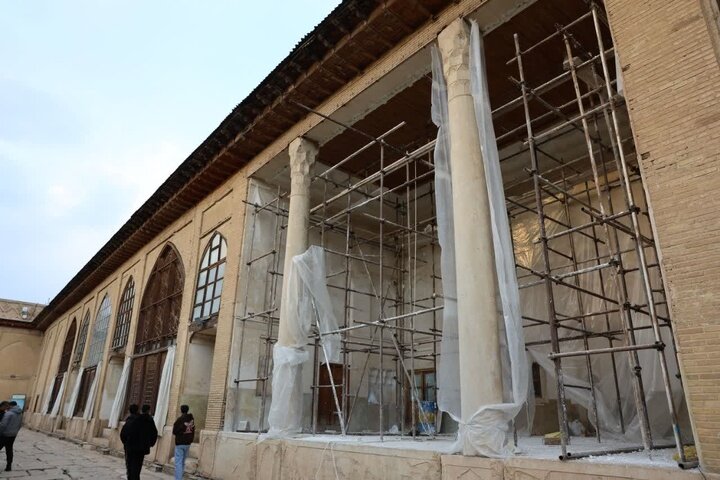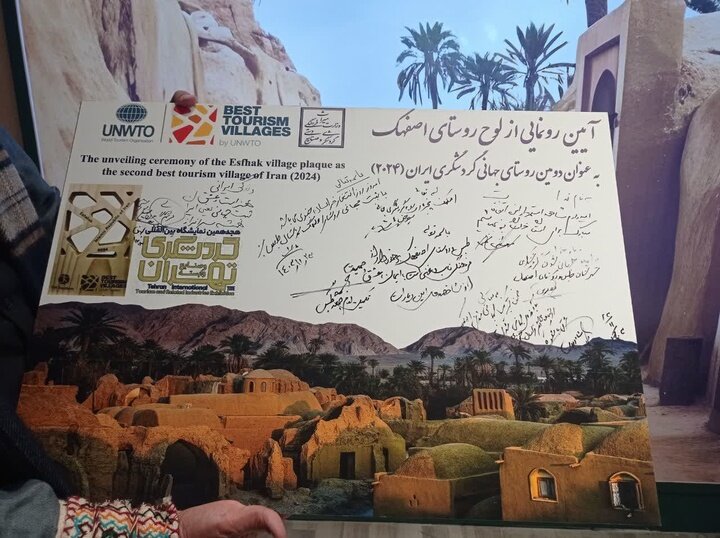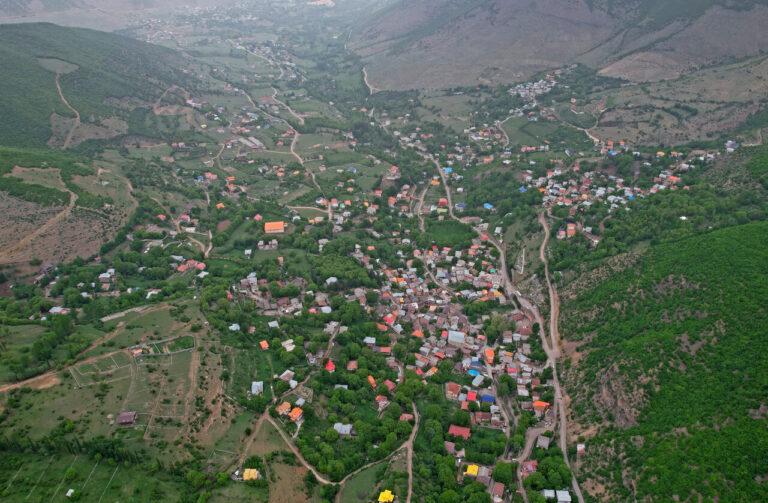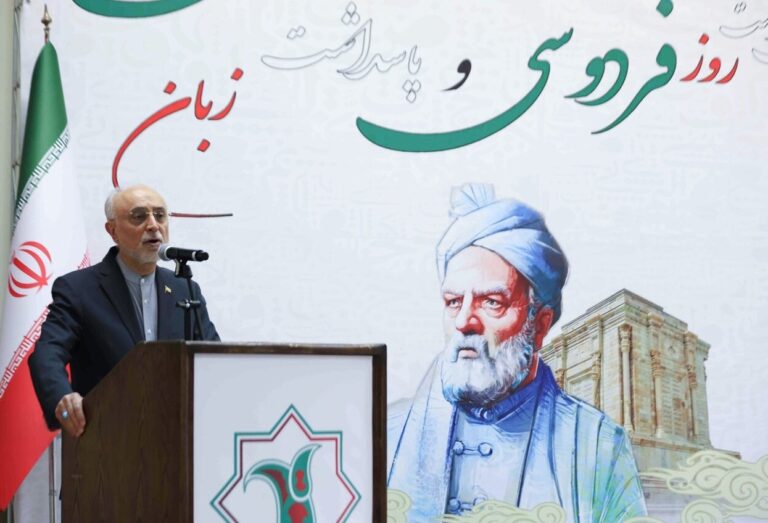Revitalizing Heritage: 50 Exciting Cultural Restoration Projects Launching in Fars Province
In the vibrant province of Fars, Iran, significant efforts are underway to preserve its rich cultural heritage. Currently, there are 50 restoration projects in progress, aimed at safeguarding the province’s historical sites and monuments. These initiatives are not only vital for maintaining the cultural identity of the region but also for ensuring that future generations can appreciate the architectural marvels that Fars has to offer.
According to Afshin Ebrahimi, the deputy chief of cultural heritage in Fars, these projects are funded through a combination of national and provincial budgets, along with allocations from the Oil Ministry. The restoration efforts are being implemented across 16 counties in the province, demonstrating a widespread commitment to cultural preservation.
Ebrahimi noted, “Several of these projects have already been completed, while others remain under construction.” This indicates a proactive approach to restoring and maintaining the historical sites that define the cultural landscape of Fars.
Since the start of the current Persian calendar year in March 2024, restoration efforts have been intensified, utilizing both national and local funding. These initiatives are critical for preserving the province’s cultural heritage and ensuring its longevity for future generations. The counties benefiting from these restoration projects include:
- Jahrom
- Shiraz
- Kazerun
- Khafr
- Owvz
- Mamasani
- Sarvestan
- Firuzabad
- Marvdasht
- Fasa
- Gerash
- Estahban
- Abadeh
- Lar
- Qir-Karzin
- Khonj
Fars is often regarded as the cultural heartland of Iran, boasting ancient cities, monumental ruins, and architectural masterpieces that reflect its illustrious past. Among its most iconic sites is Persepolis, the ceremonial capital of the Achaemenid Empire, founded by Darius the Great in 518 BC. This UNESCO World Heritage site stands as a testament to ancient Persian architecture, showcasing impressive palaces, intricate reliefs, and grand staircases.
Another significant landmark in Fars is Pasargadae, which houses the tomb of Cyrus the Great. This site not only holds a UNESCO designation but is also revered for its architectural ingenuity and historical significance, embodying the legacy of the early Persian Empire.
The provincial capital, Shiraz, is famous for its poetry, lush gardens, and historical monuments. The city is home to the tombs of celebrated Persian poets such as Hafez and Saadi, attracting countless visitors who come to pay their respects to these literary icons. Additionally, Shiraz features the exquisite Nasir al-Mulk Mosque, renowned for its stunning stained-glass windows, which create a mesmerizing play of light and color within the mosque. Another highlight of the city is the Eram Garden, a beautiful example of traditional Persian garden design that reflects the region’s rich horticultural heritage.
As restoration projects continue to unfold across Fars, the province not only aims to preserve its historical and cultural sites but also seeks to promote tourism and educate visitors about its rich heritage. By investing in these restoration efforts, Fars is taking significant steps toward maintaining its cultural identity and ensuring that the stories of its past are not only told but celebrated.
The cultural legacy of Fars is a treasure trove of history, art, and architecture that speaks volumes about the ancient civilizations that once thrived in this region. With ongoing restoration efforts, the province is poised to protect its invaluable heritage for generations to come, ensuring that the beauty and significance of its historical sites remain a source of pride for the Iranian people and a point of interest for travelers around the globe.
In conclusion, as Fars undertakes these restoration projects, it highlights the importance of cultural preservation in today’s world. The province’s commitment to safeguarding its historical landmarks serves as an inspiring example for other regions seeking to protect their own cultural heritage.






